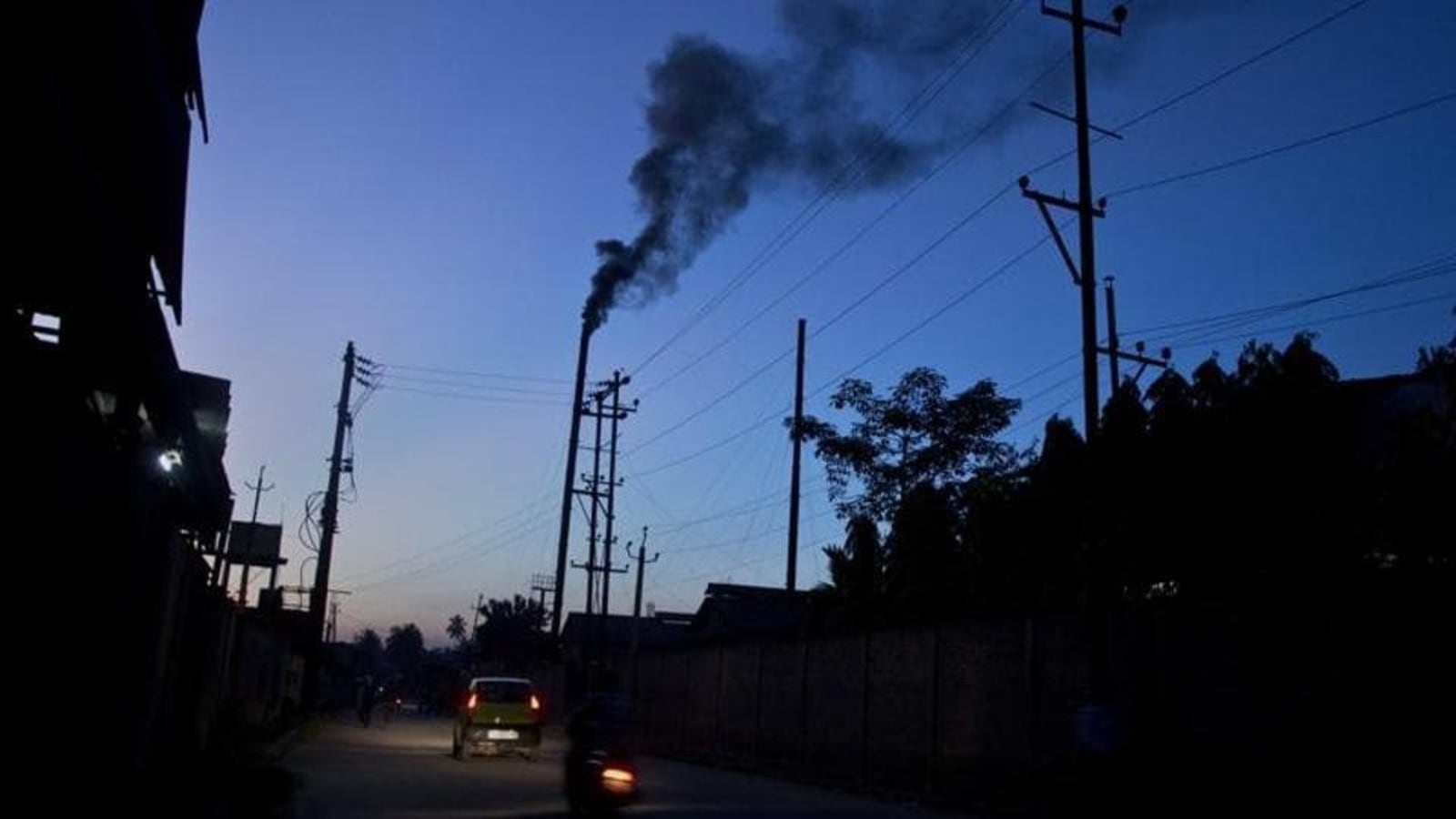 Chennai will emit 230 million tonnes of CO2 by 2040 resulting from buildings: IIT research | Schooling
[ad_1]
Chennai will emit 230 million tonnes of CO2 by 2040 resulting from buildings: IIT research | Schooling
[ad_1]
Chennai will cumulatively emit 231.9 million tonnes of Carbon Dioxide (Co2) by 2040 from building and operations of buildings alone, as per a research performed at Indian Institute of Expertise (IIT) Madras.
A crew of researchers from Centre for Applied sciences for Low Carbon and Lean Building and Indo-German Centre for Sustainability (IGCS), IIT Madras, comprising Prof. Ashwin Mahalingam and ex pupil Pokhraj Nayak, suggests switching to renewable vitality for operational necessities of buildings to cut back emissions from Chennai.
Explaining the importance of this research, Prof. Mahalingam, Division of Civil Engineering, stated, “As a way to obtain our emissions targets, we have to benchmark what our ‘enterprise as regular’ emissions are more likely to be in future and work backwards. This research represents a step in attempting to quantitatively tackle this downside.”
Researchers stated the constructing trade alone is estimated to account for round 1 / 4 of complete CO2 emissions in India. “That is primarily because of the emissions that come up out of manufacturing of uncooked supplies (comparable to cement & metal), their transportation to building websites, vitality used throughout building and most significantly, the vitality used throughout operation of buildings.”
The analysis crew urged three measures to cut back carbon emissions:
1. Substitute conventional cement with low-carbon cement.
2. Reuse of demolition waste for future building.
3. Switching to renewable sources to satisfy the vitality necessities of working buildings.
The researchers stated that the one largest contributor to lowering emissions is altering the vitality supply.
The usage of clear vitality sources to produce 50% of a constructing’s operational vitality wants would possible end in a corresponding discount in cumulative CO2 emissions of as much as 115 Million tonnes within the interval between 2019 and 2040, they stated.
Nonetheless, changing conventional cement with low carbon cement would have a decrease impression in lowering emissions, they added.
[ad_2]




0 comments